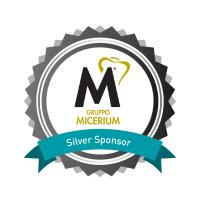Abstract
Infrazigomatic Crest: What Do We Know?
by Arveda Niki
Temporary anchorage devices (TADs) are used to obtain skeletal anchorage for orthodontic treatment. Their insertion in the infrazygomatic crest (IZC) allows efficient orthodontic mechanics in combination with fixed appliance and aligners. However the anatomy of this site is extremely variable. Different facial types have different bone configurations and there are a lot of variables that can influence the choice to use this zone for anchorage. This influences not only the stability of the screws but also the insertion technique and the choice of biomechanics to be used. Thank to Instron machine we tested different size screws in relation to different thickness in order to study mechanical characteristics of this type of extraradicular skeletal anchorage. Finally we aimed to use cone beam computed tomography (CBCT) scanning to evaluate the differences in bone thicknesses in the IZC area among Caucasian patients of each facial type to determine a safe zone for TAD insertion.
Learning Objectives
After this lecture, you will be able to recognize the different anatomical characteristics regarding the infrazygomatic crest
After this lecture, you will be able to define the types of patients on whom this anchoring site can be used safely
After this lecture, you will be able to evaluate and choose the most correct size of miniscrew to use on a specific patient

















